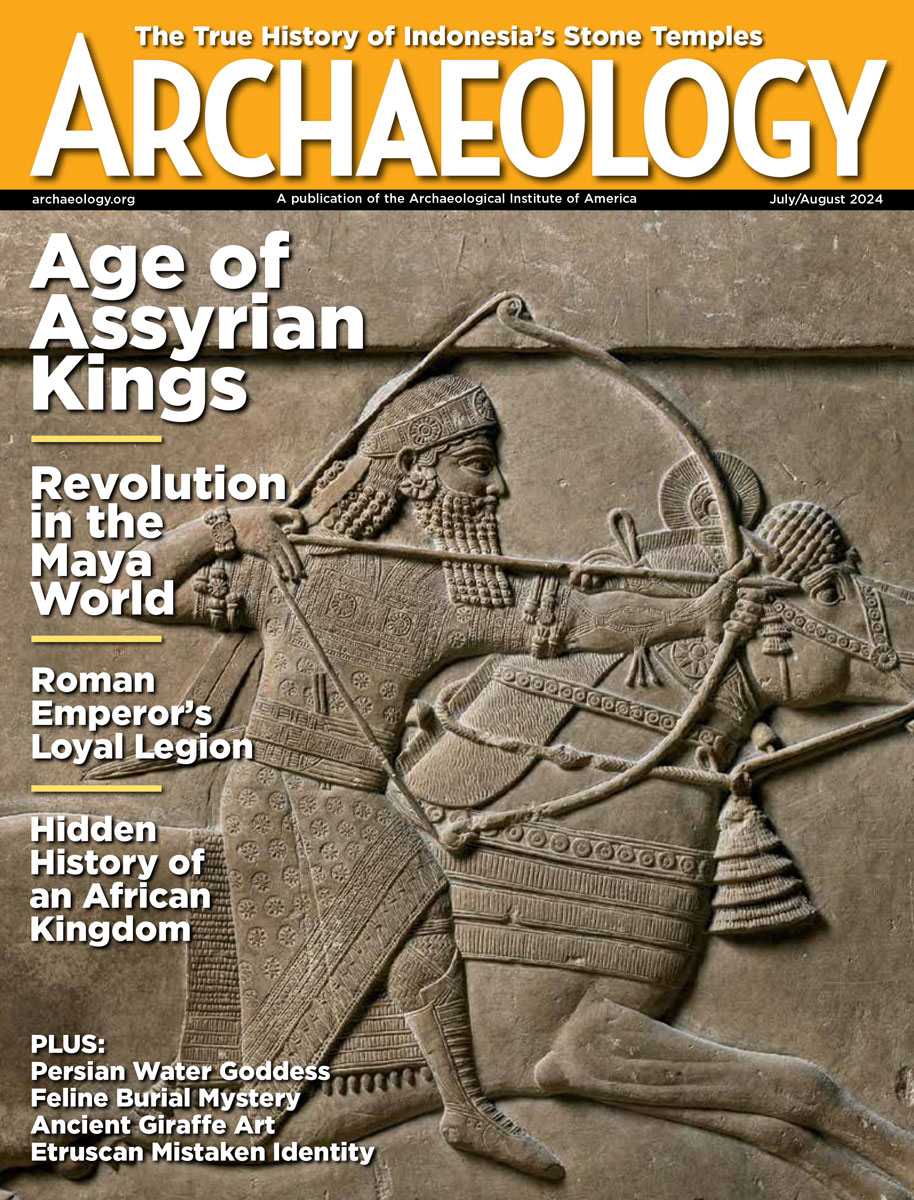Thursday, January 3
January 3, 2008
Ian Gilligan of Australian National University agrees with the idea that Neanderthals didn’t survive the last Ice Age because they lacked good tools. He just thinks that those tools were for sewing, rather than for hunting.
Thirty-two skeletons thought to belong to soldiers killed at the Battle of Aughrim in 1691 were discovered on the grounds of a school in County Galway, Ireland. This battle effectively ended the Williamite wars with a victory for King William III over the Jacobites.
A 2,000-year-old Roman marching camp was uncovered during a waterworks project in Scotland’s lowlands.
The application of fungicide to the prehistoric paintings in the Lascaux caves has begun. A new air circulation system will also be installed while the caves are closed to researchers for the next three months.
Read what people are saying about the theft of artifacts from Bangladesh en route to an exhibit at the Guimet Museum in France.
Egypt’s State Information Service has announced the discovery of a Pharaonic mummy.
Two archaeologists have reevaluated the skeletons (many of them headless) excavated in the 1960s from a Bronze-Age burial mound in Yorkshire, England. It is now thought that bones are the remains of executed criminals, some of whose heads had been displayed on poles.
- Comments Off on Thursday, January 3
Wednesday, January 2
January 2, 2008
Marina Davila Ross of the University of Portsmouth and Elke Zimmermann of the University of Veterinary Medicine studied orangutans and discovered that “the building blocks of positive emotional contagion and empathy that refer to rapid involuntary facial mimicry in humans evolved prior to humankind.” Or, in other words, “laughter is contagious” and very old.
In China, a child reportedly found a bronze vase from the late Shang Dynasty, ca. 1100 B.C. The vessel is decorated with engraved animals and dragons, and probably held beverages.
The 51,000 Buddhist statues within China’s Yungang Grottoes face the usual threats from water, pollution, and tourists. “The sandstone has become very crisp, and it will slake off upon a light touch or stroke,” said Wen Xiaolong of the Yungang Grottoes Research Institute.
This report claims that the thieves who stole two 1,500-year-old statues from an airport in Dhaka, Bangladesh, thought they might be filled with jewels.
Travel to Serbia and visit Kosovo’s historic sites with writer William J. Kole.
It seems that some news outlets rehashed old archaeology stories over the holidays. Here’s another report on the 4,000-year-old remains of a man killed by barbed spear points in Australia.
And this story is a summary of what sorts of high-tech images archaeologists are using to spot new sites and learn more about known ones in a general-interest science magazine.
The Miami Circle is also in the news again, but nothing much has changed. The chiseled holes dug by the Tequesta at the mouth of Florida’s Miami River were sandbagged in 2003 to protect them.
- Comments Off on Wednesday, January 2









